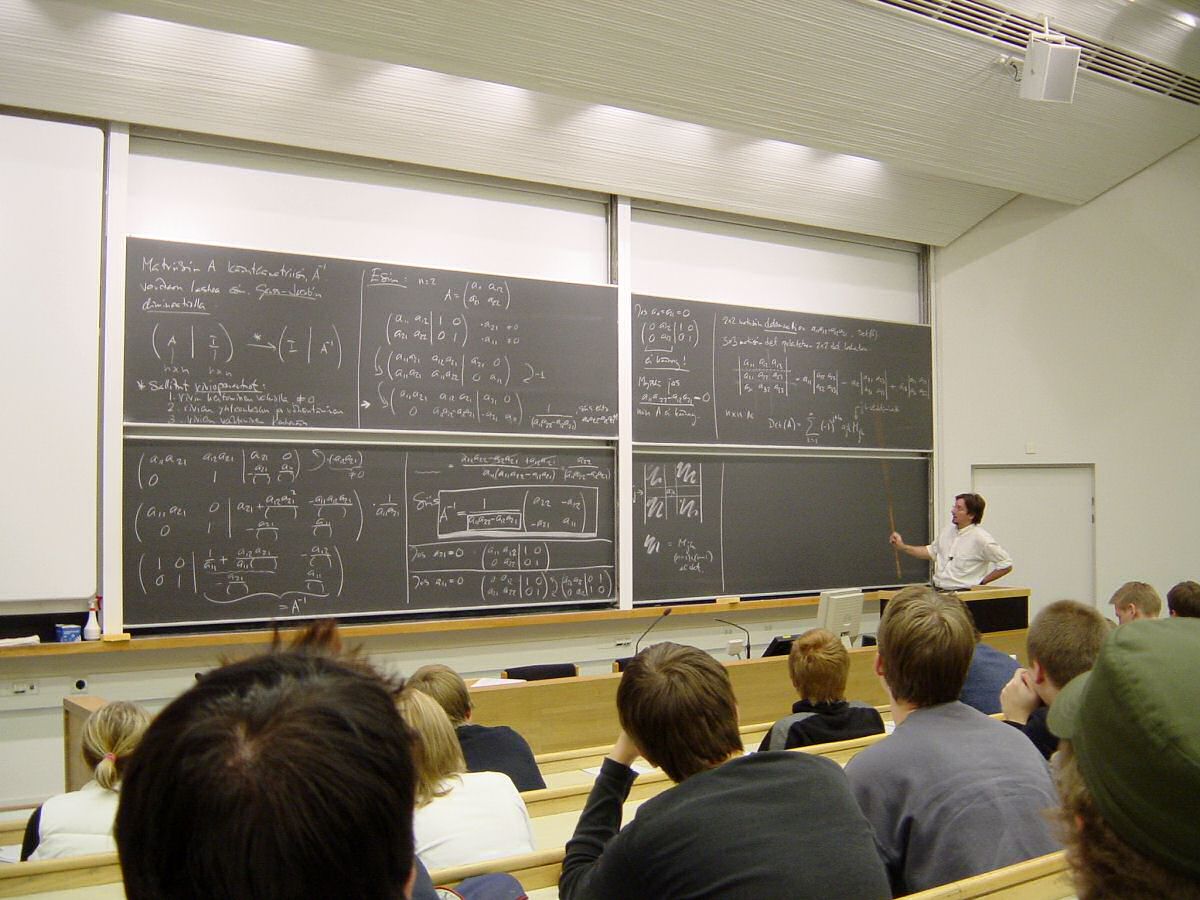|
Skip Counting
Skip counting is a mathematics technique taught as a kind of multiplication in reform mathematics textbooks such as TERC. In older textbooks, this technique is called counting by twos (threes, fours, etc.). In skip counting by twos, a person can count to 10 by only naming every other even number: 2, 4, 6, 8, 10. Combining the base (two, in this example) with the number of groups (five, in this example) produces the standard multiplication equation: two multiplied by five equals ten. References Mathematics education Multiplication {{number-stub ... [...More Info...] [...Related Items...] OR: [Wikipedia] [Google] [Baidu] |
Reform Mathematics
Reform mathematics is an approach to mathematics education, particularly in North America. It is based on principles explained in 1989 by the National Council of Teachers of Mathematics (NCTM). The NCTM document ''Curriculum and Evaluation Standards for School Mathematics'' (''CESSM'') set forth a vision for K–12 (ages 5–18) mathematics education in the United States and Canada. The ''CESSM'' recommendations were adopted by many local- and federal-level education agencies during the 1990s. In 2000, the NCTM revised its ''CESSM'' with the publication of ''Principles and Standards for School Mathematics'' (''PSSM''). Like those in the first publication, the updated recommendations became the basis for many states' mathematics standards, and the method in textbooks developed by many federally-funded projects. The ''CESSM'' de-emphasised manual arithmetic in favor of students developing their own conceptual thinking and problem solving. The ''PSSM'' presents a more balanced view, b ... [...More Info...] [...Related Items...] OR: [Wikipedia] [Google] [Baidu] |
Investigations In Numbers, Data, And Space
Investigations in Numbers, Data, and Space is a K–5 mathematics curriculum, developed at TERC in Cambridge, Massachusetts, United States. The curriculum is often referred to as ''Investigations'' or simply ''TERC''. Patterned after the NCTM standards for mathematics, it is among the most widely used of the new reform mathematics curricula. As opposed to referring to textbooks and having teachers impose methods for solving arithmetic problems, the TERC program uses a constructivist approach that encourages students to develop their own understanding of mathematics. The curriculum underwent a major revision in 2005–2007. History ''Investigations'' was developed between 1990 and 1998. It was just one of a number of reform mathematics curricula initially funded by a National Science Foundation grant. The goals of the project raised opposition to the curriculum from critics (both parents and mathematics teachers) who objected to the emphasis on conceptual learning instead of inst ... [...More Info...] [...Related Items...] OR: [Wikipedia] [Google] [Baidu] |
Mathematics Education
In contemporary education, mathematics education, known in Europe as the didactics or pedagogy of mathematics – is the practice of teaching, learning and carrying out scholarly research into the transfer of mathematical knowledge. Although research into mathematics education is primarily concerned with the tools, methods and approaches that facilitate practice or the study of practice, it also covers an extensive field of study encompassing a variety of different concepts, theories and methods. National and international organisations regularly hold conferences and publish literature in order to improve mathematics education. History Ancient Elementary mathematics were a core part of education in many ancient civilisations, including ancient Egypt, ancient Babylonia, ancient Greece, ancient Rome and Vedic India. In most cases, formal education was only available to male children with sufficiently high status, wealth or caste. The oldest known mathematics textbook is the Rh ... [...More Info...] [...Related Items...] OR: [Wikipedia] [Google] [Baidu] |
